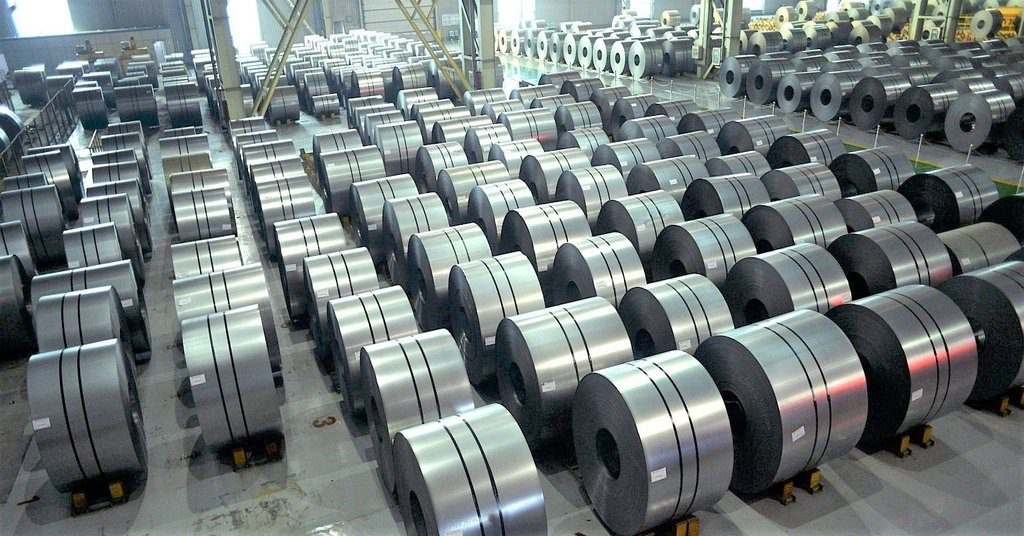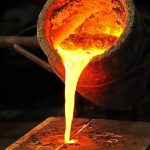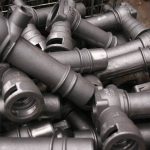The American Iron and Steel Institute (AISI) states that steel is considered “carbon” when no minimum content is specified or required. More than 85 percent of steel shipped throughout the United States is carbon steel. Listed below are different levels of carbon and steel alloys.
Low-carbon steel – This class of steel contains up to 0.30% C and consists of steel sheets or strips in the cold-rolled and annealed condition. Low carbon steel is used for automobile body panels, tin plates and wire products.
Medium-carbon steel – This class is similar to low carbon, except it ranges from 0.30% – 0.60% C and the manganese ranges from 0.60% – 1.65%. Medium carbon steel is mainly used for shafts, axles, gears, crankshafts, couplings and forgings.
High-carbon steel– This of steel ranges from 0.60% – 1.00% C and the manganese ranges from 0.30% – 0.90%. High carbon steel is used for spring materials and high-strength wires.
Ultrahigh-carbon steel – This class ranges from 1.25% – 2.0% C. Ultrahigh carbon steel is thermo mechanically processed to produce ultrafine grains of spherical carbide particles.
High-strength low-alloy steel – This steel alloy is designed to provide better mechanical properties and greater resistance to atmospheric corrosion. It has lower carbon contents in order to produce adequate formability and weldability.
Low-alloy steels – This alloy’s primary function is to increase its strength and toughness after heat treatment. Low alloy steels are also classified according to its chemical composition.
Steel can be classified by a variety of different systems such as the composition, manufacturing method, finishing method, product form, deoxidation practice, microstructure, strength level, heat treatment and quality descriptors. When making a decision on what type of steel to purchase, you may consider the above information.


